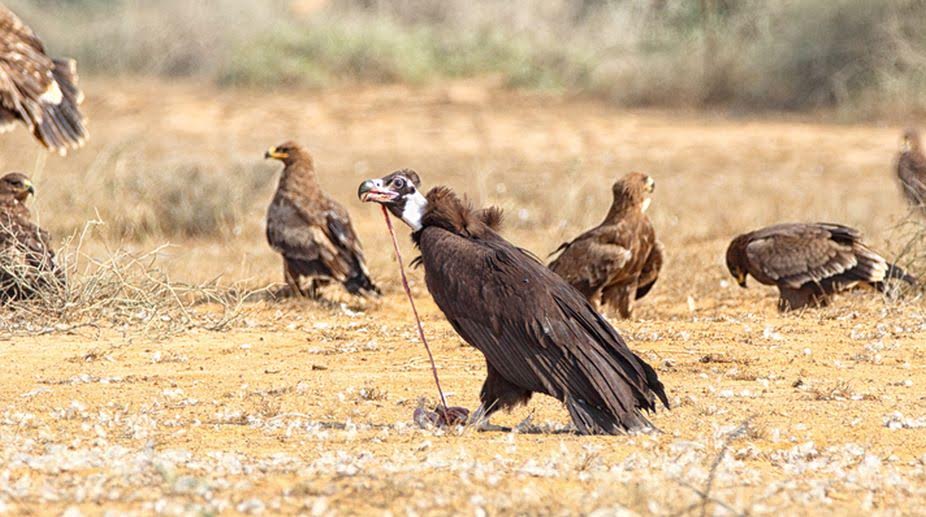Nearly 100 vultures found dead in Assam’s Kamrup district
The authorities of the state forest department had recovered the carcasses of about 100 vultures at Milanpur area under Chhaygaon police station on Thursday evening.

Representational Image (PHOTO: Getty Images)
For the first-time in the country, the Haryana forest department is planning to release eight vultures bred in captivity into the wild after obtaining and deploying satellite transmitters, for which permission has already been obtained from the
Central Government.
A spokesman of the forest department said with a view to tracking the endangered vultures after these were released into the wild, the Central government had granted permission for attaching satellite transmitters on them.
Vultures are natural resources of immense ecological, economic, social and religious importance, and act as natural scavengers. However, as their population started declining very rapidly in the 1990s, Haryana became the first state to initiate a programme for their conservation and reintroduction into the wild.
Advertisement
The spokesman said only wing-tags could be put on the birds for identification and one bird could be followed for 45 days. By then, it had successfully started locating food and water and was flying very high into the clouds. This was for the first time that successful reintroduction of vultures into the wild was carried out.
However, it was not possible to follow the birds further because no tracking device was put on them. Therefore, the forest department initiated the process of obtaining permission from department of telecommunications in November, 2015 to put Platform Transmitter Terminals (PTTs) on vultures to help locate them through satellite once they are released into wild.
The forest department, in collaboration with Bombay Natural History Society, established the Jatayu Conservation Breeding Centre at Pinjore in 2001, to save the three critically-endangered resident Gyps species of vultures from possible extinction.
This is the first centre of its kind in Asia and houses 226 birds of the three species, namely White-backed Vulture, Long-billed Vulture and Slender-billed Vulture. The centre has pioneered conservation breeding efforts of these species and has managed to breed the three species for the first time ever. It has mastered the technique of double clutching and artificial incubation and managed to almost double the productivity of vultures.
The centre also helped in finding out the cause of the crash in vulture population in the country. It found that the veterinary drug, diclofenac, was the major cause of the crash in vulture population.
Vultures get exposed to the drug while feeding on the carcass of cattle treated with the drug before death. The centre was able to convince the Government of India to ban the drug for veterinary use in 2006.
Advertisement